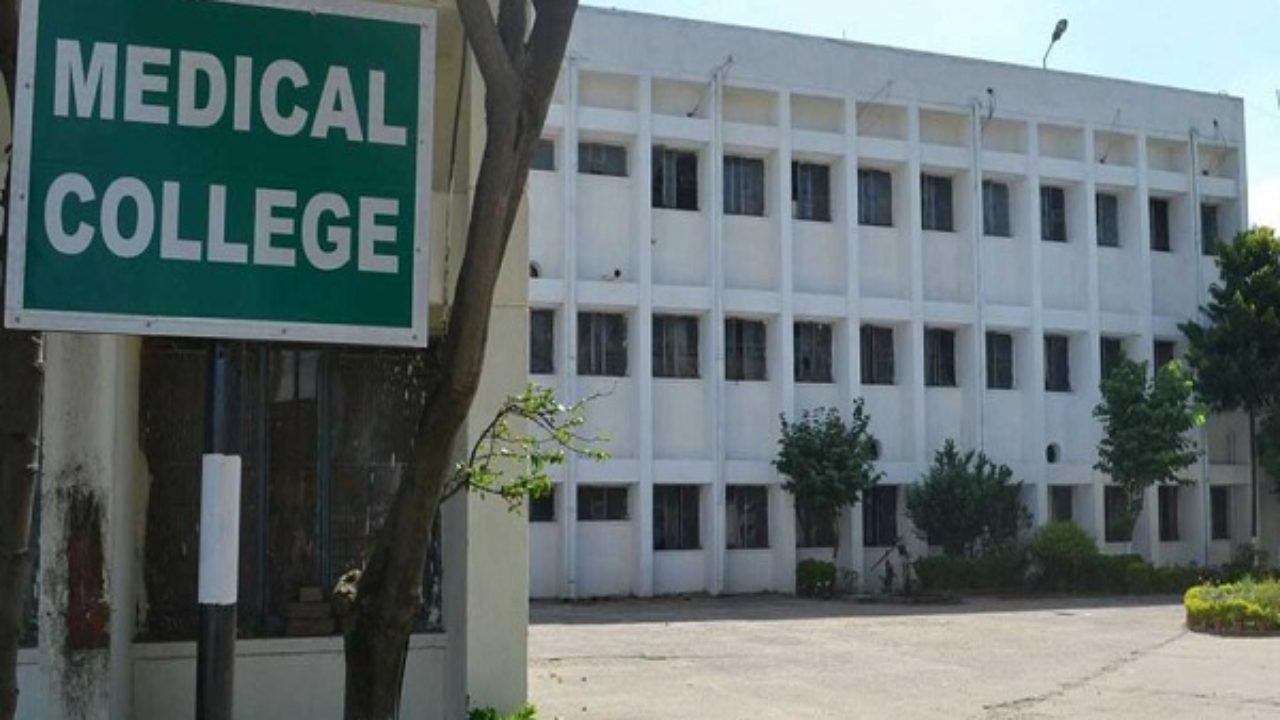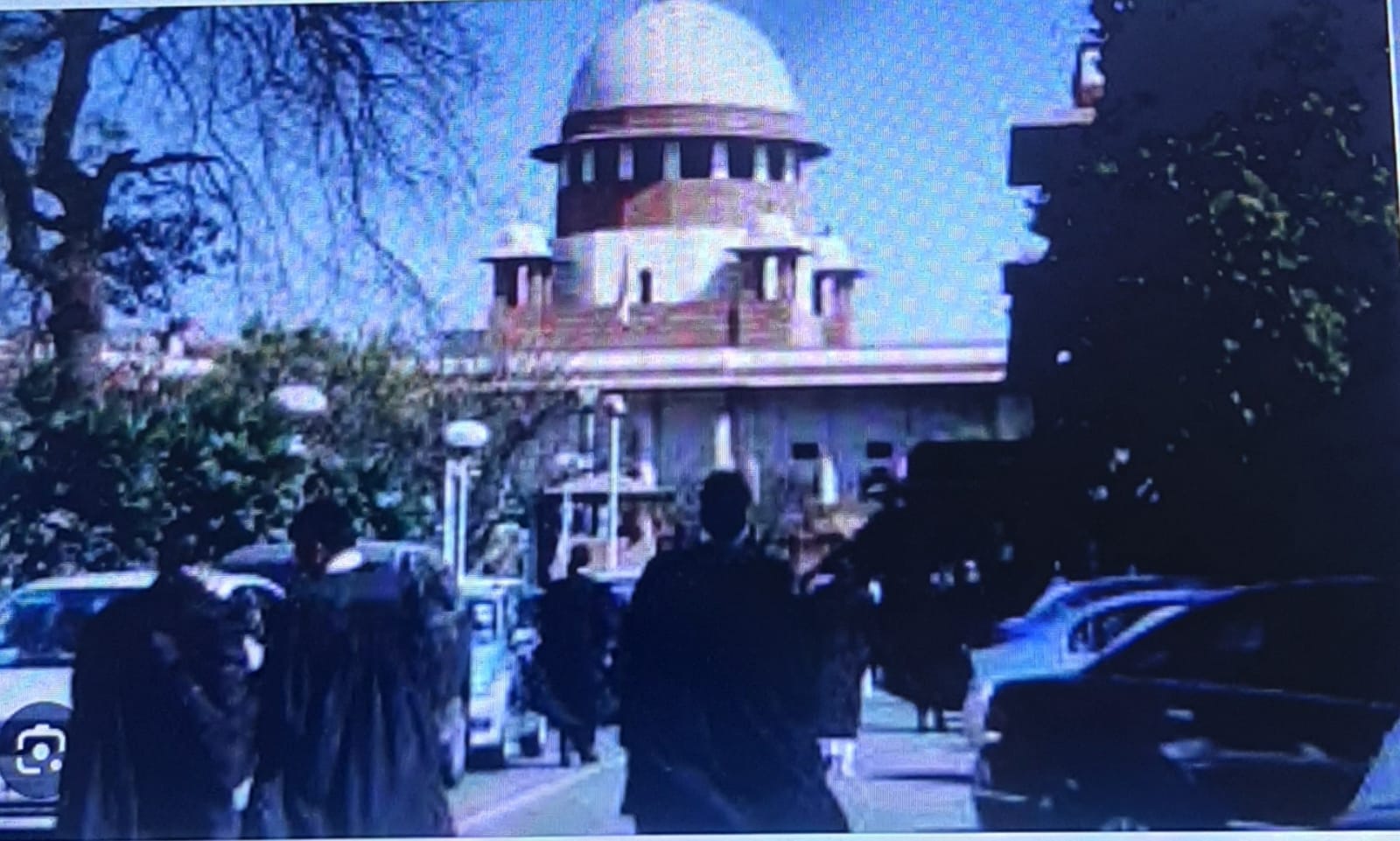
It is high time that India overhauls the medical education regulatory framework to carry out real reforms and minimise the shortage of doctors in the country
V S Pandey
India is in the 77th day of the lockdown with the economy slowly limping back to normalcy. Concerns are being raised due to an increase in the number of coronavirus infected people across the country, which stands at more than 2,65,000 with 7,466 deaths. Some are even accusing the governments of not listening to expert advice and allowing the resumption of economic activities without making a complete assessment. Questions are also being raised about the rationality and efficacy of the decision to impose complete lockdown from 25 March, when India had reported only 500-odd coronavirus cases and opening the economy when the number of corona infected people started rising , the government has decided to allow opening up of the economy in all respects with fewer restrictions. Apparently the argument seems logical until we compare the Indian scenario with what is happening in other major countries around the world.
As things stand now, the United States of America with a population of 33 crores has reported nearly 20 lakh coronavirus cases with 1.1 lakh deaths, Spain has 2.9 lakh cases and 27,000 deaths, the United Kingdom has reported 2.8 lakh cases and more than 40,000 deaths and Italy’s 6 crore population has had 2.3 lakh coronavirus infections with more than 33,000 deaths. Compare this with 2,66,598 cases reported in India, a country with a population in excess of 130 crore, and only 7,466 deaths. Clearly India has done well in its fight against the coronavirus. Let us remember all the countries referred above are developed countries with most advanced health systems and compared to them our health delivery systems are not only poor but extremely inadequate. Despite this crucial shortcoming, if we were able to minimise the number of people who died due to the Sars-CoV-2 pathogen, we must give due credit to the governments for their efforts and our medical professionals who have so far succeeded in managing the pandemic with scarce resources.
But the pandemic has done well to put the spotlight on our health system – after a long time. As the number of cases began to rise, shortages of all kinds of medical infrastructure became apparent. Makeshift hospitals had to be set up though most public hospitals are catering to coronavirus patients. An acute shortage of doctors, nurses and other paramedics is also being felt across the country.
That India has been short of doctors has been widely acknowledged. India’s availability of doctors per thousand population does come close to the World Health Organisation’s prescribed doctor-patient ratio of 1:1000 if we include all the registered allopathic, homeopathic, ayurvedic and unani doctors. But the number of doctors who practise is much lower. It is also far lower than many countries including Russia, the USA, and all the European Union countries where the ratio is above 3 doctors per one thousand population. Unless we increase the ratio to the level of better performing countries on the health front, poor people in India will continue to suffer.
The problem of shortage of doctors and other support staff has been allowed to linger for the past several decades due to short-sighted policies of the institutions such as Medical Council of India, which, in its new incarnation, is still following the same kind of archaic policies. The result is that 532 medical colleges have 76,928 seats for the MBBS course. Only half these seats are in state-run medical colleges. If India has to achieve the doctor-patient ratio of 1:1,000, we need nearly 20 lakh more doctors by the year 2030.
India faced a similar shortage of engineers through the 1990s when there were only 1,30,000 engineering seats on offer. But in 2000, the government dismantled the stranglehold of the engineering education regulatory body, AICTE, and reworked the regulatory framework that governed opening of engineering colleges. This resulted in an increase in the intake in engineering colleges by four times in just five years.
Unfortunately, this kind of reform is yet to take place in medical education. As a result, shortages in medical seats still exist and students are, according to one estimate, collectively made to pay nearly 15,000 crores in capitation fee. Thousands of others line up to seek admission in countries such as China, Russia, Australia and many others, paying millions of dollars. We have seen this annual loot of thousands of crores for too long and made our people and students suffer. Time has come that we reform the medical education system, end the pervasive corruption in these regulatory institutions and ensure that we carry out the expansion in such a way that we produce the required number of doctors to look after our population. (Courtesy: The Hindustan Times)
(VS Pandey is a former IAS officer. He retired as secretary, department of fertilisers in the Government of India)









